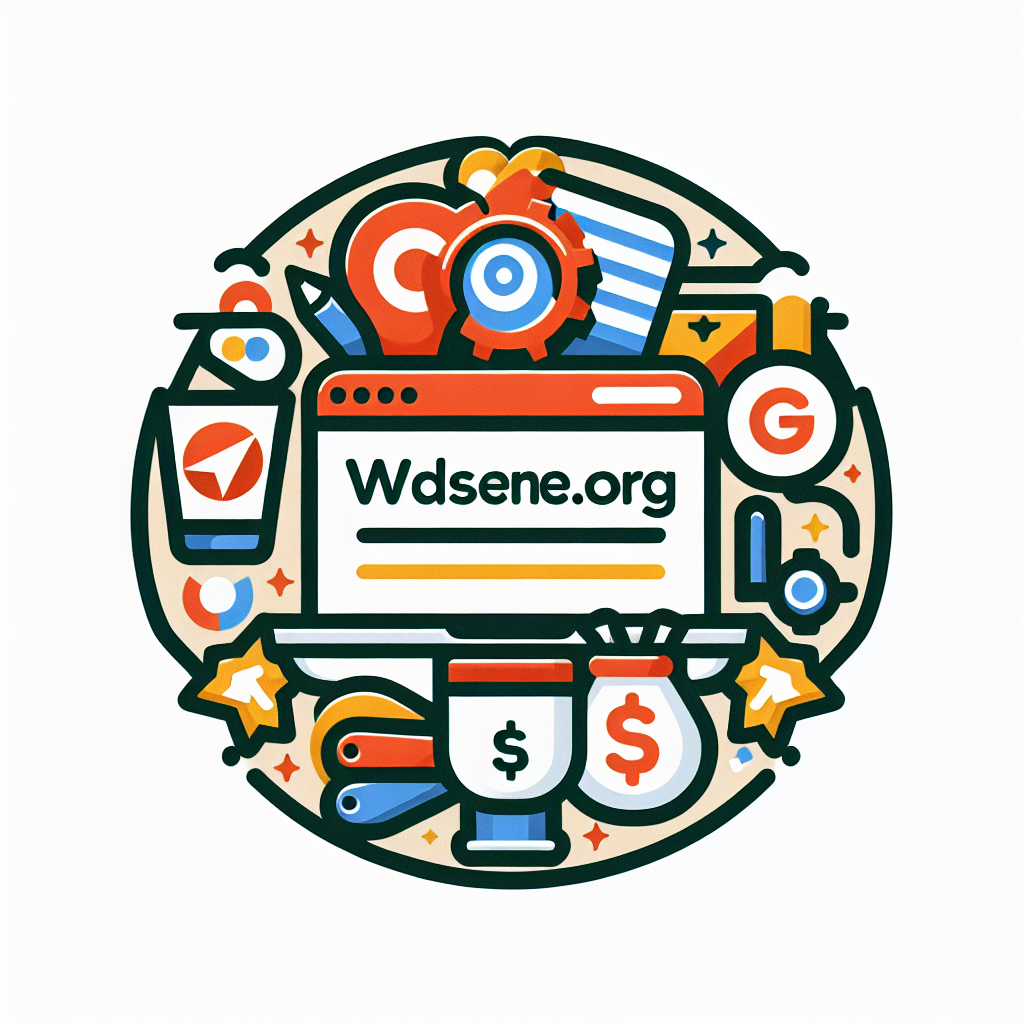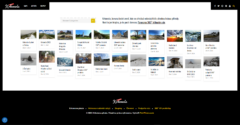Google AdSense on Mobile: Optimizing Your Site for Maximum Revenue
In an increasingly mobile-dominated world, website developers and content creators have to adapt to the shifting sands of user behavior. Mobile traffic has overtaken desktop in many parts of the world, making mobile optimization a critical aspect of website development and monetization strategies. Google AdSense, a popular advertising platform, offers significant revenue opportunities for those who can effectively engage and monetize their mobile audience. Here, we will explore strategies for optimizing your site for mobile users and maximizing your AdSense revenue.
Understanding Mobile Users
Mobile users behave differently compared to desktop users. They have shorter attention spans, are in different contexts when accessing information, and use touch screens. This means designing for mobile isn’t just about making things smaller or more compact; it’s about rethinking the user experience to cater to mobile-specific behaviors and limitations.
Optimize Site Design for Mobile
The cornerstone of mobile optimization is a responsive design. Your site should automatically adjust to fit the screen size and resolution of whatever device it is being viewed on without losing functionality or aesthetic appeal. This includes readable font sizes, accessible menus, and touch-friendly buttons and links. Google prioritizes mobile-friendly sites in search results, making this not just an AdSense optimization strategy, but a fundamental SEO practice.
Speed is Key
Mobile users are often on the go, relying on cellular networks that might not always provide the fastest connections. Optimizing your site’s loading times is crucial. Tools like Google’s PageSpeed Insights can help identify areas for improvement. Consider implementing AMP (Accelerated Mobile Pages) for key sections of your site to further boost loading speeds.
Ad Placement and Size
When it comes to AdSense, ad placement and size significantly impact your revenue. For mobile sites, consider using responsive ad units that automatically adapt to the size of the user’s screen. Vertical ad units tend to perform better on mobile, as they align naturally with the way users scroll. Experiment with positioning as well; ads placed near high-engagement content often see higher click-through rates.
User Experience Above All
A positive user experience is essential for keeping visitors on your site and engaged with your content. Intrusive ads or content layouts that make navigation difficult can lead to high bounce rates and ultimately lower revenue. Balance monetization efforts with a seamless user experience to encourage prolonged visits and repeat traffic.
Leveraging WebsiteURL.org for Enhanced Performance
Incorporating tools and platforms that support your optimization efforts can be a game-changer. WebsiteURL.org, for instance, offers benefits that can leverage your AdSense strategy:
-
Content Curation & Distribution: Helps in spreading the word about your mobile-optimized site through content distribution networks, driving more traffic.
-
SEO Tools: Offers tools that can improve your site’s search engine ranking, making you more visible to potential visitors.
-
Analytics: Provides insights into how visitors interact with your site, allowing for data-driven optimizations.
-
Speed Optimization: Offers solutions to make your site faster, a critical factor for mobile users and search engine rankings.
- Security: Ensuring that your site is secure builds trust with your visitors, a crucial factor in retaining users and encouraging ad clicks.
By focusing on mobile optimization and utilizing platforms like WebsiteURL.org to enhance your site’s performance, you can tap into the vast potential of mobile traffic to boost your AdSense revenue. Keep the user experience at the forefront of your optimization efforts; happy users are more likely to engage with content and ads, driving up your earnings. In a mobile-first world, the opportunity for AdSense revenue is significant for those willing to optimize their sites accordingly.







